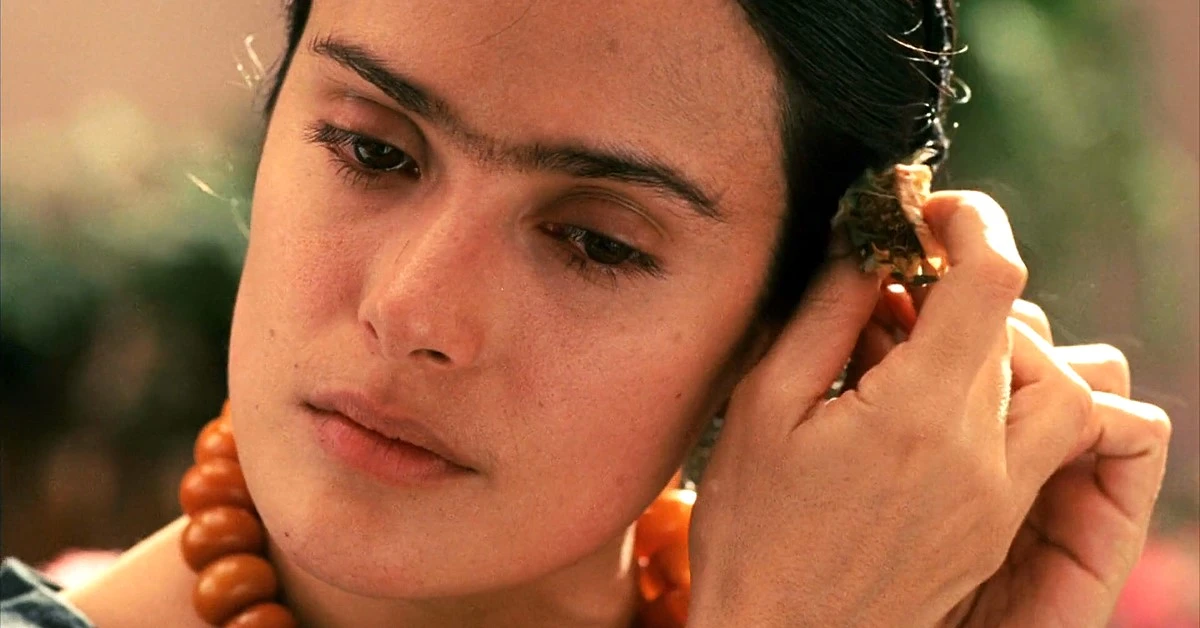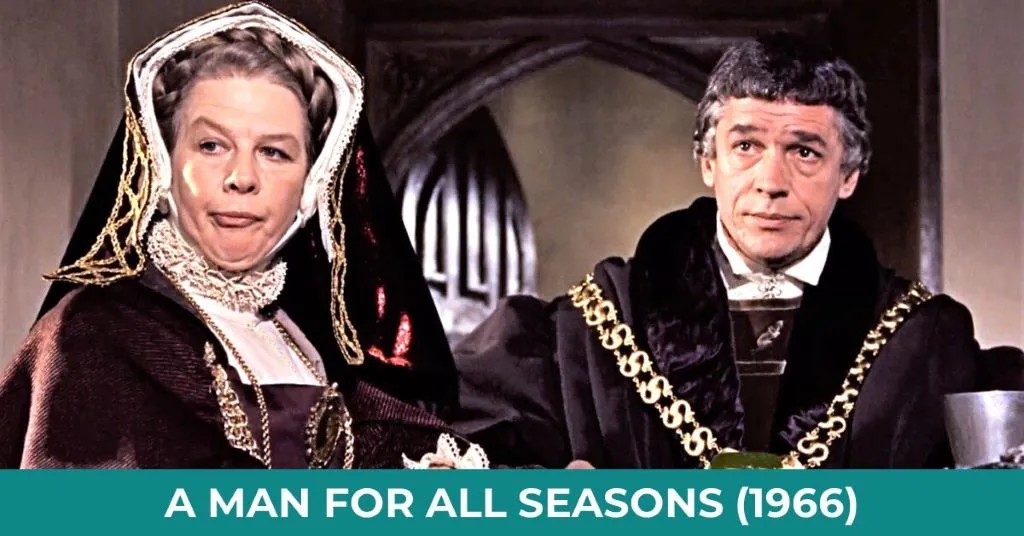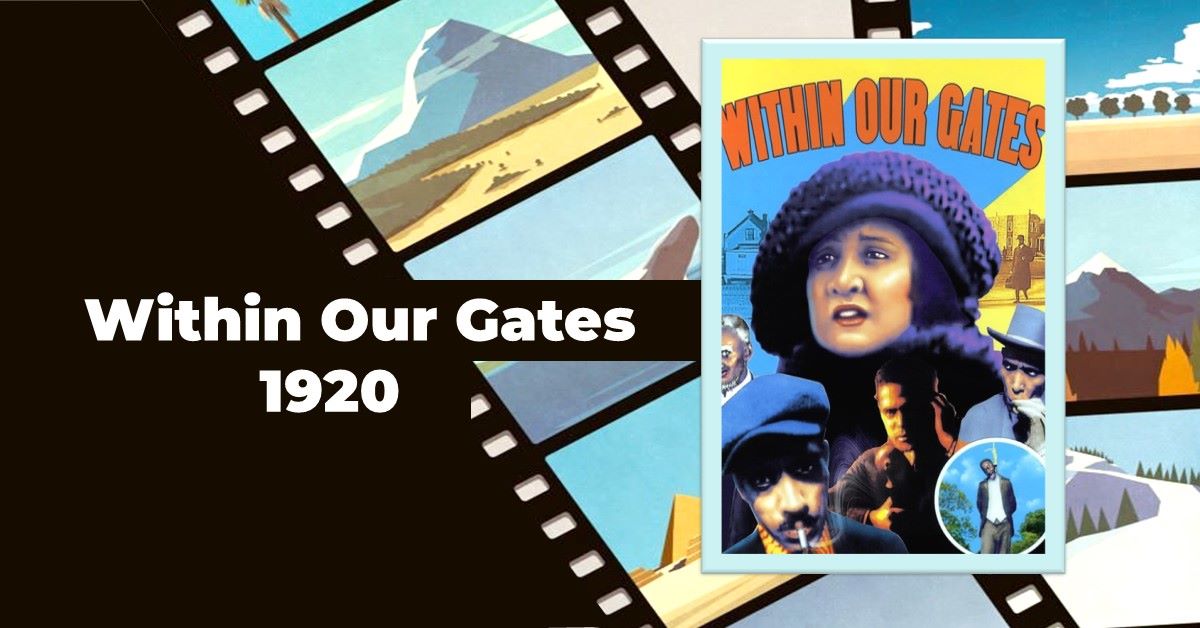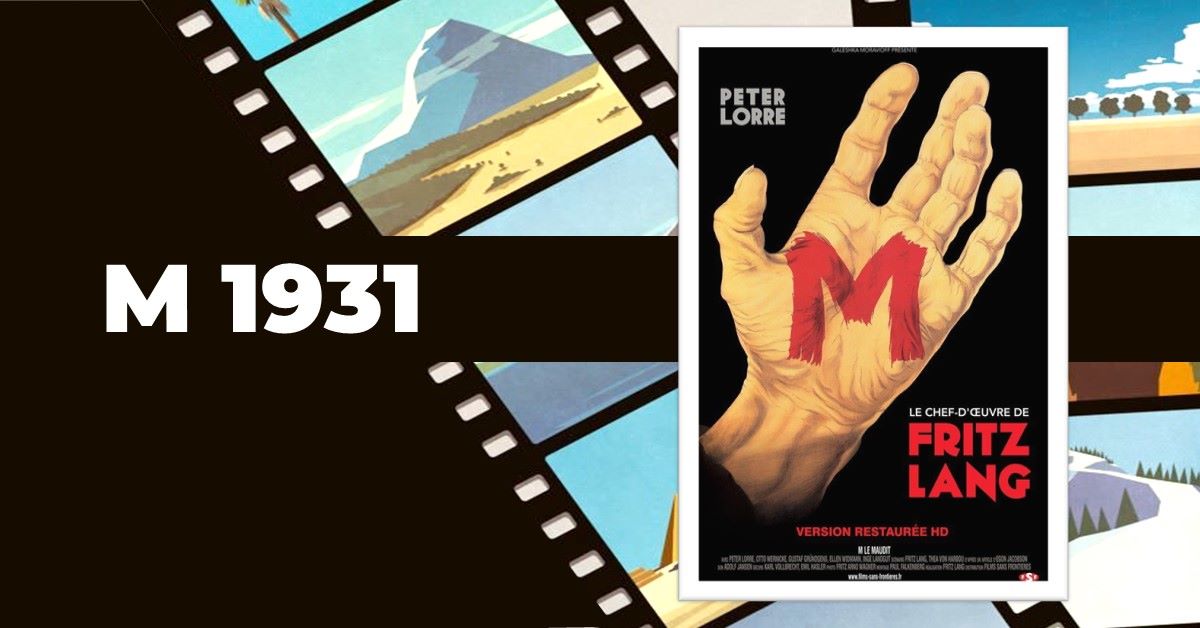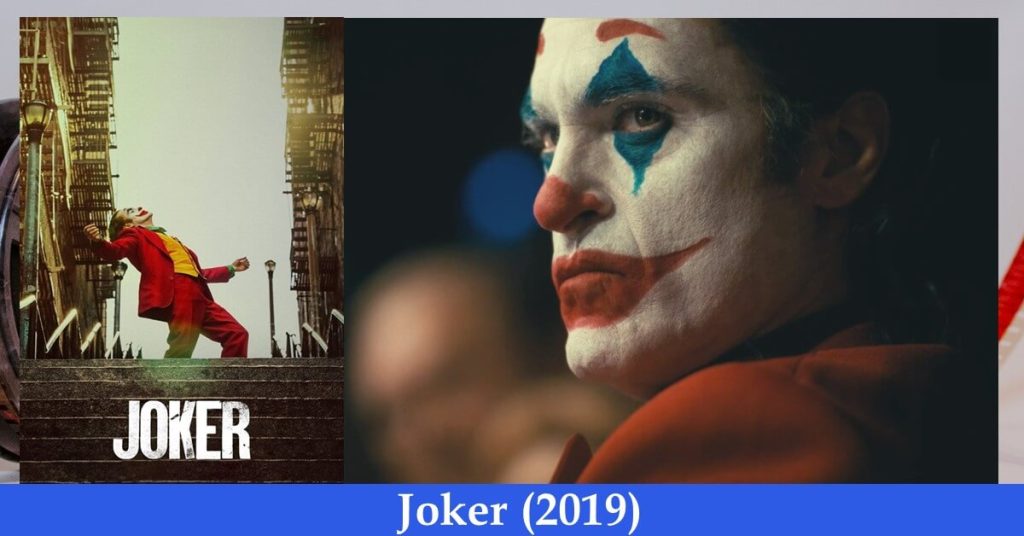Last updated on May 20th, 2025 at 09:32 am
Based on Hayden Herrera’s biography Frida: A Biography of Frida Kahlo, Frida (2002) offers an impressionistic and emotionally charged portrait of the life of Frida Kahlo, a woman who painted her own pain with haunting beauty.
Few films manage to encapsulate the spirit of their subject as completely as Frida (2002), directed by Julie Taymor.
Unlike traditional biopics that follow a rigid structure, Frida pulsates with life, its visuals imbued with surrealist flourishes that mirror the subject’s own artistic approach.
Starring Salma Hayek in her Academy Award-nominated role, alongside Alfred Molina as Diego Rivera, the film does not merely recount Kahlo’s life—it immerses the audience in the depth of her suffering, passion, and defiant artistry. As the narrative unfolds, we do not simply witness the tragedies that shaped Kahlo; rather, we are pulled into the tempestuous currents of her existence, experiencing the ecstasy and agony that defined her being.
As Roger Ebert astutely observed in his review of the film, Frida “careens from one colorful event to another without respite, but sometimes it must have seemed to Frida Kahlo as if her life did, too”
This sense of unrelenting intensity, both in life and in cinematic form, is what makes Frida a rare and profound artistic achievement.
Table of Contents
Background
The journey to bring Frida to the screen was as tumultuous as Kahlo’s own life. Nancy Hardin, a former Hollywood literary agent, first saw the cinematic potential of Kahlo’s story in the late 1980s, when she acquired the rights to Herrera’s biography
However, the project languished in development hell for years, with various studios and actors—including Madonna and Jennifer Lopez—expressing interest.
It was ultimately Salma Hayek’s passion and perseverance that brought the film to life.
Hayek, a longtime admirer of Kahlo’s work, fought to secure the rights and convinced Miramax to back the project. The production was not without controversy, particularly due to allegations against producer Harvey Weinstein, who, according to Hayek, attempted to sabotage the film unless she agreed to unnecessary sexualized content
Despite these challenges, the film was completed and released to widespread acclaim, winning two Academy Awards for Best Makeup and Best Original Score.
The casting of Alfred Molina as Diego Rivera was particularly inspired, as his portrayal of the boisterous, charismatic, and infuriatingly unfaithful muralist provided the perfect counterbalance to Hayek’s intense and deeply personal performance.
Meanwhile, Julie Taymor’s direction infused the film with a unique visual language that blended realism with magical realism, often bringing Kahlo’s paintings to life on screen.
With its lush cinematography, evocative score by Elliot Goldenthal, and a commitment to artistic authenticity, Frida stands as a testament to the enduring power of Kahlo’s work and her indomitable spirit.
Plot
The film opens with a vibrant yet unsettling scene: Frida Kahlo, gravely ill, is carried in her bed to attend her first and only solo exhibition in Mexico.
The moment is emblematic of her existence—triumphant yet tragic, an artist refusing to be defined by her physical limitations. From this prologue, the film takes us back in time to witness the formative events of her life.
At the age of 18, Kahlo’s world is violently transformed when the wooden-bodied bus she is riding collides with a streetcar. The accident leaves her body shattered—her spinal column, collarbone, ribs, and pelvis fractured, her leg crushed, and a metal rod piercing her abdomen
This horrific incident not only defines her physical suffering for the rest of her life but also serves as the catalyst for her artistic journey. Bedridden for months, she begins to paint, using a mirror above her bed to capture her own image.
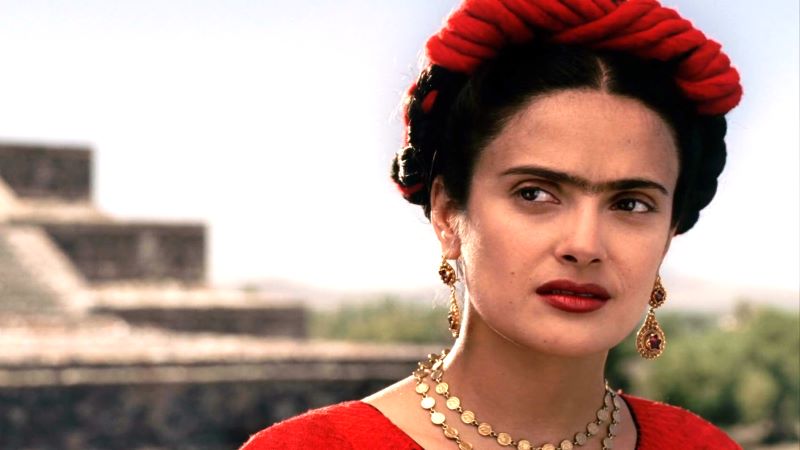
One of the most visually striking moments in the film is when her pain and artistic expression merge—the animation sequence created by the Quay Brothers transforms Kahlo’s hospital bed into an otherworldly realm, where the borders between suffering and creativity dissolve
We observe that, once she recovers enough to walk with a cane, Kahlo seeks out the famous muralist Diego Rivera, demanding his opinion on her work.
Their relationship, fueled by mutual admiration and desire, quickly becomes an intense yet chaotic marriage. “If I love you, it means I give you my flesh, my blood, my bones,” Frida tells him. “But I cannot give you my soul, because that belongs to me.”
Rivera, notorious for his infidelities, warns her that he is incapable of monogamy, yet she marries him regardless, understanding that loyalty and faithfulness are two separate concepts
The film portrays their passionate yet destructive love affair with unflinching honesty, showing how Kahlo, despite her own affairs with both men and women, is devastated upon discovering Rivera’s affair with her own sister, Cristina.
The couple moves to New York when Rivera is commissioned to paint a mural at Rockefeller Center. The contrast between Rivera’s radical politics and the capitalist world he is now immersed in is portrayed with biting irony. Ultimately, Rivera’s refusal to compromise remove the figure of Vladimir Lenin leads to the mural’s destruction.
Meanwhile, Kahlo suffers a miscarriage, an event that is depicted with harrowing surrealism—a scene in which she envisions herself giving birth to a stillborn fetus is among the film’s most disturbing and powerful moments.
Upon their return to Mexico, Rivera persuades Kahlo to house the exiled Russian revolutionary Leon Trotsky. The two begin an affair, though Rivera is deeply troubled by it—not because of Kahlo’s infidelity, but because of Trotsky’s political significance.
When Trotsky is later assassinated, Kahlo is imprisoned under suspicion of involvement, though Rivera manages to secure her release.
Later, Kahlo travels to Paris, where she is embraced by the surrealist movement, including André Breton. However, she remains unimpressed by the European art scene, declaring, “I do not paint dreams or nightmares, I paint my own reality.”
As her health deteriorates, Kahlo undergoes multiple surgeries, ultimately resulting in the amputation of her leg. Despite immense pain, she continues to paint. The final sequence of the film brings us back to the opening scene—her first and only solo exhibition in Mexico, which she attends despite being bedridden. In a moment of defiant joy, she declares, “I hope the exit is joyful, and I hope never to return.”
The film closes with an image of Kahlo’s most famous painting, The Two Fridas, blending seamlessly into reality—her art and her life are now indistinguishable.
Reflections and Lessons
The 2002 biographical film Frida, directed by Julie Taymor, offers a compelling portrait of Frida Kahlo’s turbulent life, weaving together her resilience, artistic vision, and complex relationships.
For me first and foremost Frida teaches us to be relentless and persistent in pursuing our heart desire. Just as Friedrich Nietzsche goes, “That which does not kill us makes us stronger.” The pain that could not break or incapacitate made Frida stronger to continue with her dream as painter. She states once, ““I am not sick. I am broken. But I am happy to be alive as long as I can paint.”
Even when before her miscarriage, when he reveals to Rivera that she was with child he initially did no like the idea considering her health condition, especially ever-present pain. But instead of giving up the idea of having a child she replied: I am used to pain”.
She was just a persistent soul and free spirit to enjoy life regardless of physical powerlessness or inimical circumstances. Hope always winks around when we are relentless or resilient.
For a new generation, the film is not merely a historical recounting but an invitation to engage with themes of suffering, self-expression, and defiance against societal norms. However, the question is can anyone of the new generation find the inspiration to become an artist while Artificial Intelligence can draw a portrait in seconds unlike an artist for it may take hour/days/months?
One of the most poignant lessons from Frida is the ability to transform pain into creation. Frida Kahlo’s life was shaped by suffering—both physical and emotional. The film opens with the harrowing accident that left her body shattered: “Spinal column was broken, as were the collarbone and two ribs… Metal rod entered the body and came out the vagina”.
This moment of Frida is not just a scene of bodily destruction but the genesis of Kahlo’s artistic journey. Young audiences are reminded that adversity need not be an end but can be the foundation of profound expression.
Prida Kahlo’s artistic defiance also speaks to modern audiences. She demands an honest critique of her work from Diego Rivera: “I need a straightforward opinion of my work”.
Unlike many artists of her time, she did not seek validation through conformity but through the raw truth of her experiences. Her paintings, interwoven into the film’s visuals, reflect her inner turmoil, yet they reject victimhood. This serves as a lesson for young creators today: art is not about appeasing but about unearthing one’s authentic voice.
Beyond art, Frida explores Kahlo’s radical autonomy in love and gender identity. Her bisexuality, illustrated through her affairs with both men and women, is depicted not as scandalous but as an assertion of personal freedom. Rivera, aware of his own infidelities, accepts this: “True, yes. Faithful, no”.
Frida’s fearless embrace of her sexuality is a beacon for contemporary discussions on fluid identity and nonconformity.
Politically, Frida challenges the audience to reflect on power and ideology. Kahlo and Rivera’s involvement with communism is juxtaposed against the contradictions of wealth and artistic patronage.
As Rivera is accused of hypocrisy for painting murals for capitalists, Frida defends their necessity: “The rich have good taste. The rich don’t have good taste! They pay someone to have good taste for them”. This dialogue mirrors modern debates on art, activism, and commodification. It forces young viewers to ask: can one remain ideologically pure while engaging with existing power structures?
The film also questions the nature of love and marriage. Frida initially rejects marriage as a patriarchal institution: “I don’t believe in marriage… It’s a hostile political act”. Yet, she chooses to marry Rivera, recognizing that their union is not about tradition but about forging a radical partnership.
In spite of Rivera’s character flaws, Frida kept loving him, which is apparent in what she said to one of his lovers, Gracie, “I Diego is how he is, and that’s how I love him. cannot love him for what he is not.”
The contradiction remains unresolved, mirroring the complexities of love itself. Young audiences can learn that relationships are not about rigid definitions but about forging one’s own terms.
Finally, Frida teaches the value of presence and mortality. As Kahlo’s health declines, she remains defiant, attending her own exhibition in a hospital bed.
Her final words in the film—echoing her actual diary—capture the essence of her philosophy: “I hope the exit is joyful, and I hope never to return”. This is a lesson in embracing life fully, despite its pain, and in facing death with a sense of completion.
Thus, Frida is not just a film about a historical figure; it is a manifesto for resilience, passion, and self-definition. The new generation can learn from her that identity is not dictated by suffering, but by how one transforms it into something transcendent.
Frida Kahlo: The Art of Pain, Identity, and Defiance
Kahlo, Frida (1907-1954), a Mexican painter, who produced mostly small, highly personal self-portraits using fantasy and a style inspired by native popular art.
Kahlo was born Magdalena Carmen Frieda Kahlo y Calderón in Coyoacán, Mexico, near Mexico City. While a student at Mexico City’s National Preparatory School in 1925, she sustained severe injuries in a bus accident.
During her recuperation, Kahlo taught herself to paint. After three years she took some of her first paintings to Diego Rivera, who encouraged her to continue her work. Kahlo and Rivera married in 1929.
Influenced by Rivera’s work, Kahlo adopted his use of broad, simplified areas of colour and a deliberately naive style in her paintings. Like Rivera, she wanted her paintings to affirm her Mexican identity, and she frequently used technical devices and subject matter from Ancient Mexican civilizations and folk art. The impact of her work is enhanced by techniques such as the inclusion of fantastic elements, a free use of space, and the juxtaposition of incongruous objects.
Kahlo primarily depicted her personal experience. She frequently focused on the painful aspects of her life, using graphic imagery to convey her meaning. The turbulence of her marriage is shown in the self-portraits she painted when she felt rejected by Rivera; these show her weeping and physically injured.
She portrayed her physical disintegration, the result of the bus accident, in such works as The Broken Column (1944, Collection of Dolores Olmedo Foundation, Mexico City), in which she wears a metal brace and her body is open to reveal a broken column in place of her spine. Her sorrow over her inability to bear children is revealed in paintings such as Henry Ford Hospital (1932, Collection of Dolores Olmedo Foundation), in which objects that include a baby, a pelvic bone, and a machine hover around a hospital bed where she lies having a miscarriage.
Kahlo had three exhibitions during her lifetime. The exhibitions in New York in 1938 and in Paris, France, in 1939 were organized through her contact with the French Surrealist poet and essayist André Breton.
In 1953 she had her first exhibition in Mexico, at a gallery in Mexico City. Her home in Coyoacán is now the Frida Kahlo Museum.
To speak of Frida Kahlo is to speak of a woman who painted her suffering onto canvas, transforming personal agony into a political and philosophical force. Hers was a life interwoven with tragedy, yet bursting with a defiant embrace of existence. Born Magdalena Carmen Frida Kahlo y Calderón on July 6, 1907, in Coyoacán, Mexico City, Kahlo’s artistic legacy is a testament to the resilience of the human spirit.
The Origins of a Revolutionary Soul
According to Frida: The Biography of Freida Kahlo, “when Frida was six years old, she was stricken with polio. She was to spend nine months confined to her room. “It all began with a horrible pain in my right leg from the muscle downward,” she remembered. “They washed my little leg in a small tub with walnut water and small hot towels.”
Yet, her intellectual and artistic curiosity was nurtured within a household that, despite its tensions, was rich in culture. Her father, Guillermo Kahlo, a German-Mexican photographer, encouraged her artistic inclinations and introduced her to literature and philosophy, according to the biography by Raquel Tibol, Frida Kahlo: An Open Life.
Her education at the prestigious National Preparatory School in Mexico City set her apart from many young women of her time. There, she immersed herself in Mexican nationalism, the ideology of Mexicanidad, which celebrated indigenous roots and resisted colonial inferiority complexes.
As per Frida: A Biography of Frida Kahlo by Hayden Herrera and Imaging Her Selves: Frida Kahlo’s Poetics of Identity and Fragmentation Gannit Ankori My Grandparents, My Parents and I by ; Frida Kahlo’s Diary Gannit Ankori, her membership in the “Cachuchas,” a rebellious intellectual group, laid the foundation for her lifelong engagement with leftist politics.
The Bus Accident
At 18, Kahlo’s life was irrevocably altered by a catastrophic bus accident. An iron handrail impaled her pelvis, shattering her body and leading to lifelong pain. Confined to her bed, she turned inward, using art as both a means of escape and self-exploration. “I paint myself because I am often alone and I am the subject I know best,” she later reflected. Her early self-portraits were not merely acts of narcissism but desperate attempts to reclaim a body that had betrayed her.
Love, Betrayal, and Mutual Influence
In 1929, Kahlo married Diego Rivera, the renowned communist womaniser muralist whose grand, nationalistic frescoes dominated the Mexican art scene. Their relationship was tumultuous, marked by affairs, separations, and reconciliations.
Despite the personal turmoil, their artistic dialogues were profound. Kahlo, though often viewed as Rivera’s “wife,” carved her own niche, rejecting grand muralism in favor of intimate, highly personal portraits.
A Unique Artistic Vision: Beyond Surrealism
André Breton, the father of Surrealism, saw in Kahlo a natural surrealist, but she rebuffed the label, stating, “I detest Surrealism… I paint my own reality”, based on Frida Kahlo I Paint My Reality by Christina Burrus . Her paintings fused dreamlike elements with autobiographical pain, a style more akin to magical realism than European Surrealism. Works like The Two Fridas (1939) and The Broken Column (1944) showcase her struggle with identity and physical torment, each stroke laden with symbolic meaning.
Politics and Artistic Identity
Kahlo was fiercely political. A lifelong communist, she befriended exiled leaders like Leon Trotsky and infused her work with Marxist themes. Her painting Marxism Will Give Health to the Sick (1954) exemplifies her belief in the revolutionary potential of art.
Legacy the Fridamania
Kahlo died at 47, leaving behind a legacy that was rediscovered in the 1970s through feminist and Chicano movements, according to Norma Broude and Mary Garrard, elaborated in their The Expanding Discourse: Feminism And Art History.
Today, she is not only an artistic icon but a symbol of resilience, feminism, and Mexican pride. Her self-representations defied the conventional beauty standards, embracing indigenous aesthetics and bodily imperfection.
Her face, now ubiquitous on t-shirts and murals, has perhaps been commercialized beyond recognition.
The following passage is taken from Frida: The Biography of Frida Kahlo by Hayden Herrera: “In the last pages of Frida’s journal are strange winged female figures that are much more chaotically drawn than the winged self-portraits of a few months before. The final entry is a drawing of a black angel risen into the sky —surely the angel of death. Such figures point to a desire for transcendence that is a counterpart of the desire for earthy rootedness expressed in Frida’s other drawings: even her idea of death was split between the Catholic and pagan traditions.
The last words in her diary reveal most poignantly her will to look at the bleakest realities with alegría. “I hope the exit is joyful—and I hope never to come back—Frida.” These words and her last drawing suggest that Frida committed suicide, yet the cause of her death, on Tuesday, July 13, 1954, was reported as a “pulmonary embolism”, on daily El Nacional.
Certainly Rivera’s account of his wife’s death does not preclude the possibility of suicide. But at the same time he maintains the image of Frida as indomitable in her battle for life. He said that the night before she died, Frida was critically ill with pneumonia.”
Yet, behind the commodification of her image, the real Frida Kahlo remains: a woman who turned pain into poetry, suffering into strength, and identity into art..
Conclusion
Frida is more than a biopic; it is an invocation of the artist’s soul. It does not romanticize Kahlo’s suffering but rather acknowledges her resilience. By interweaving historical narrative with visual poetry, Julie Taymor crafts a film that is as emotionally visceral as Kahlo’s own paintings.
Kahlo once said, “I am not sick. I am broken. But I am happy to be alive as long as I can paint.” Frida captures this essence—a woman who, despite unbearable pain, transformed her suffering into something eternal. It is this triumph that makes Frida not just a film, but an artistic and emotional experience that lingers long after the credits roll.
